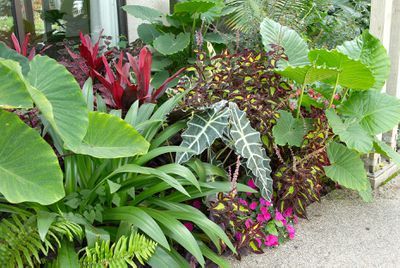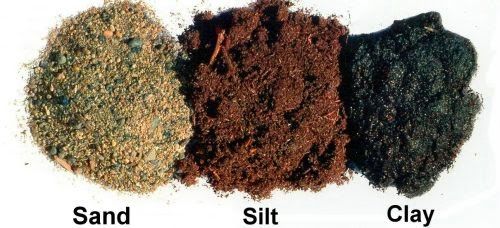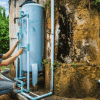Choosing the plants for your garden design can depend on various factors. This includes knowing the amount of space you have, the different types of soil, and understanding the different aspects of your garden. And this is why most people find it overwhelming to start a garden — particularly if you are unfamiliar with the countless different types of plants that are available.
Thank you for reading this post, don't forget to the best blogger Guy About Home who offers the best garden and home improvement tips! If you are a home decor and design fan, don't miss the tips on home ideas. If you are a home garden owner, then you might be interest in our complete guides to house plants!
So before you decide to buy your plants from reputable plant suppliers, such as Gardeners Dream, you need to research the type of plants that have a good chance of surviving in your garden. You can then choose a couple of species that you love and tailor your cultivation methods to ensure that they grow big and beautiful.
This article discusses the key things you need to consider before you choose garden plants.
The outdoor space

Image Source: Pinterest
Most plants need space, so you must make sure that you give them a little piece of territory for them to thrive. This means that you should be realistic with your garden plant ideas.
One of the best ways to do this is to measure the size of your garden using a tape measure.And if you intend to do container gardening, you should measure the space for your plants in the containers.
Once you know the amount of space you need to grow the plants, you can have a good idea of the type of plants you need to purchase.
Soil type

Image Source: Pinterest
Soils can be pH neutral (meaning it has a value of 7.0), below this value (classed as acid), or above this value (considered to be alkaline).
Remember that various types of garden plants tend to thrive in different soils. The good thing is that there are some things you can do to determine the acidity of your soil. For instance, if camellia and rhododendron are doing well in your area, then there is a good chance your soil is either pH neutral or acidic. In such cases, you can choose plants with this information on the label.
Alternatively, you can change the acidity of the soil so that you can improve the outcome of some plants. For example, if you want to grow hydrangea, then you need more alkaline soil. You can also purchase a simple pH test soil kit, which you will be able to find in many garden centers. These are easy to use and offer useful information about your soil.
You should then consider the consistency and texture of your soil because it can determine the level of drainage and nutrition. Take note that how well plants do can depend on a specific level of drainage and texture. For instance, clay soil can clump together and has poor drainage. But this type of soil is suitable for evergreens, such as shrubs and asters.
There is also sandy soil, which is loose and doesn’t clump together. This means that it is quick to dry out and tends to take most nutrients with them. Tulips and rooted vegetables like parsnips and carrots do well in sandy soils.
Now that you know what to look out for before choosing and buying your new garden plants, it’s time to get gardening — Have fun!



